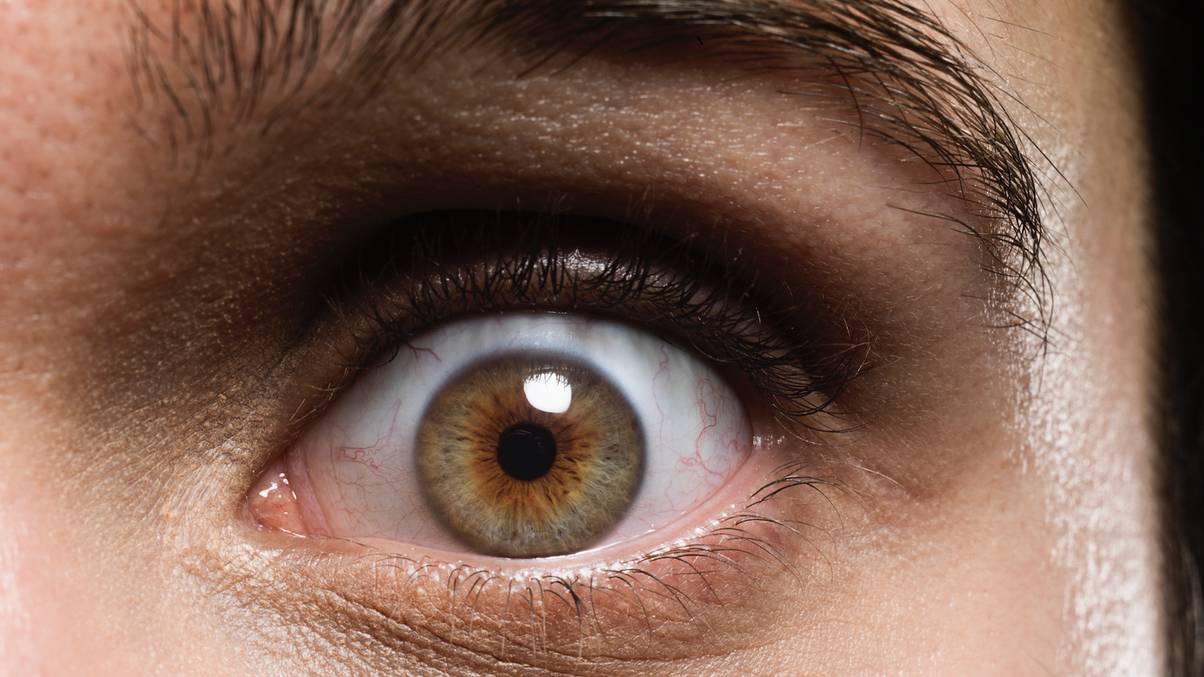“Unearthed Secrets: 12 Jaw-Dropping Dino Discoveries That Could Rewrite Prehistoric History!”
3. Lokiceratops Rangiformis


Montana has a knack for producing stunning dinosaur fossils, and Lokiceratops rangiformis is no exception. This elephant-sized ceratopsian boasted blade-like horns that were as intimidating as they were functional.
Scientists think these horns weren’t just for defense, they likely played a role in social dynamics, like attracting mates or asserting dominance. It’s a great example of how dinosaurs evolved features that served both survival and social purposes.
4. Sidersaura Marae


Patagonia is famous for its gigantic titanosaurs, but Sidersaura marae was a bit of an outlier. Measuring about 60 feet long, it was smaller than most of its cousins, likely because it lived in an environment with fewer resources.
This discovery highlights how not all titanosaurs fit the “massive and unstoppable” stereotype. Sometimes, being smaller was the better survival strategy, proving that even among dinosaurs, adaptability was key.
5. Tyrannosaurus Mcraeensis


Move over, T. rex—there’s a new tyrannosaur in town. Found in New Mexico, Tyrannosaurus mcraeensis had a skull designed for crushing bones with even more precision than its famous relative.
This predator likely ruled its territory with brute force. Its discovery is helping paleontologists piece together the tyrannosaur family tree, revealing how these apex predators evolved into such formidable hunters.












